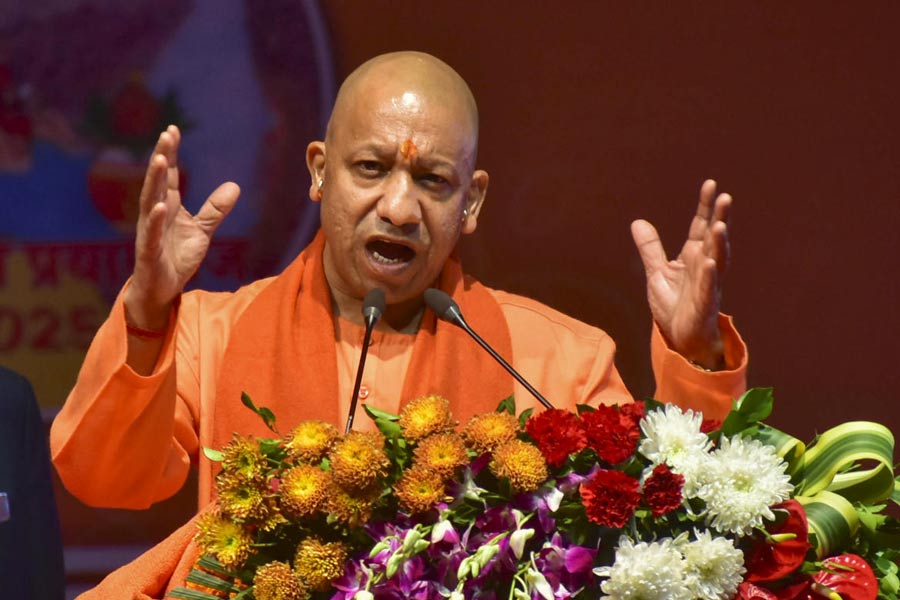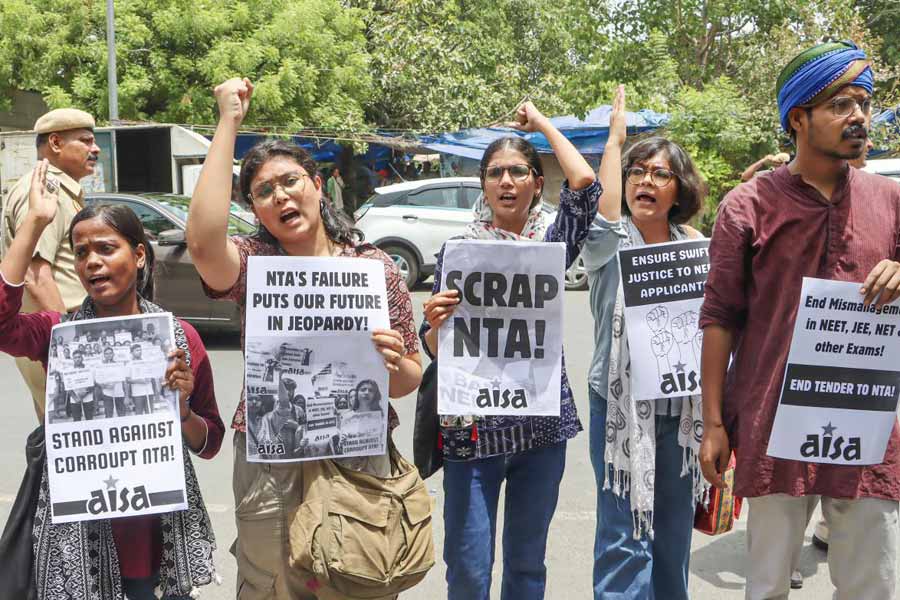India’s immediate and extended western neighbourhood is in ferment. New inter-state alignments are emerging even as some countries are confronting major economic crises with political consequences. Traditional fault lines are asserting themselves and new cleavages are discernible. The interplay of these factors is adding to the complexity of a vast and complicated region. The diplomatic navigation of the currents and cross-currents of this area is not an easy task for the Narendra Modi government.
The western neighbourhood stretches from Pakistan and Afghanistan to Iran and thence to the Arab world. The Central Asian republics, like all states in the western neighbourhood, are also Islamic. However, not only do they occupy a distinct and, directionally from India, different landmass but their evolution over the past almost three centuries has also been different. Hence, this writer does not include this region in the western neighbourhood.
The changing contours of world order, with China and Russia contesting the primacy of the United States of America, is impacting the western neighbourhood. A recent manifestation of this great power contestation was witnessed in the competing themes pursued by the US president, Joe Biden, during his visit to Israel and Saudi Arabia, and the Russian president, Vladimir Putin, to Iran in July.
Biden sought to promote a greater acceptance of Israel in the region and reinforce a Sunni Muslim front against Shia Iran. He did so even though efforts to reinstate the 2015 Joint Comprehensive Plan of Action have not been given up; but talks between the US and Iran on the issue are currently stalled. On the other hand, Putin sought to forge greater economic cooperation between Iran and Russia, both energy rich and both confronting economically debilitating Western sanctions. He also spoke somewhat sympathetically about the Iranian stand on its controversy with the International Atomic Energy Agency’s surveillance of its nuclear facilities. While Russia has now moved the Iranian rook on the West Asian chessboard, China purposefully reached out to Iran earlier when President Xi Jinping committed to invest billions of dollars in Iran in a 25 year plan.
The great powers have also used Syria as a continuing theatre to push their respective agendas. Russia has successfully ensured, over the past few years, the survival of the Bashar al-Assad regime. While the major countries continue to remain united in their stand against the Islamic State, a common view on the future of Syria and of Assad has remained absent. Iran and Turkey, both important regional states, are also at odds with each other on some aspects of the Syrian situation. Turkey wishes to curb the Kurds so that they do not pose a challenge to it. On the other hand, Iran has warned Turkey against seeking to establish zones on Syrian territory which it will control.
Afghanistan will, in likelihood, be the scene of a complicated mix of cooperation and competition. No great power wants international terrorist groups to consolidate their positions on Afghan territory; hence, the imperative to cooperate especially since, as recent reports suggest, the ISKP and al Qaida are getting re-invigorated. However, the Taliban insistence on adhering to harsher versions of the sharia on gender issues is not really inhibiting China or Russia to pursue their economic and security agendas in Afghanistan. That is not so for the Biden administration, which cannot overlook the Taliban’s position on human rights.
Pakistan is in political distress and economic crisis. The former prime minister, Imran Khan, has demonstrated his continuing political influence through his impressive victory in the by-elections to the Punjab provincial assembly. He is calling for early national elections. The ruling People’s Democratic Movement government led by Shehbaz Sharif is essentially a transitional arrangement of parties opposed to Khan. It is attempting to take economically difficult decisions as the Pakistani rupee is almost in free fall. It is greatly curbing fuel subsidies to gain the support of the International Monetary Fund to ensure macro-economic stability. Shehbaz Sharif’s government’s stability is getting compromised by an assertive judiciary. At the same time, an issue of surpassing significance in Pakistan’s national life is the impending departure of the army chief, General Qamar Javed Bajwa, whose extended term ends in November. There are reports of the cohesion of the generals getting impaired over the top job of the army. In view of all these factors, confusion reigns in Pakistan.
India’s navigation of the always treacherous diplomatic West Asian terrain is undergoing a change. India was sympathetic to the forces of Arab nationalism till the early 1970s. However, as it waned, and as India’s economic interests in the Arab peninsular countries increased, Indian policy shifted. It began to keep out of the internecine quarrels of West Asian states and focused on bilateral ties with individual states. From the early 1990s, India gradually developed comprehensive ties with Israel too. This policy paid dividends. Now the West Asian scene is shifting with the United Arab Emirates also establishing ties with Israel. India’s response to this development has been to join Israel, the US and the UAE to form a group-offour countries (picture). A virtual summit of the group was held when Biden was in Israel. While the group has been given an economic orientation, it will doubtless be construed as India moving away from its traditional policy of bilateralism to leaning towards the US’s approaches on West Asia. India has to ensure that it does not get caught in the crossfire of Sunni-Shia and Arab-Iran contradictions of West Asia.
I ndian policymakers seem to have absorbed their shock at the Taliban victory in August last year. A ‘technical team’ has been stationed in Kabul with the ostensible purpose of coordinating Indian assistance to the Afghan people. The details of the team members have not been given but experience shows that such teams have diplomats too. The coyness in doing business with the Taliban needs to be shed. While there is no need to recognise the Taliban regime diplomatically — no country has done so — India needs to expand its interaction with it, especially in the economic sphere and in people-to-people contacts, to protect and promote its interests.
India-Pakistan relations are at a standstill though reports persist of ongoing back-channel contacts. Pakistan is preoccupied with its internal political and economic crises. It has little appetite to actively confront India but there is no evidence that it will give up the use of terror against India. The ceasefire on the Line of Control is holding. India’s present policy of remaining ever vigilant against Pakistani machinations but being in no haste to ‘normalise’ ties should continue.
Even as changed circumstances compel changed policies, time-tested approaches should not be abandoned on account of ideology or dogma either in the western neighbourhood or elsewhere.
Vivek Katju is a retired Indian Foreign Service officer











